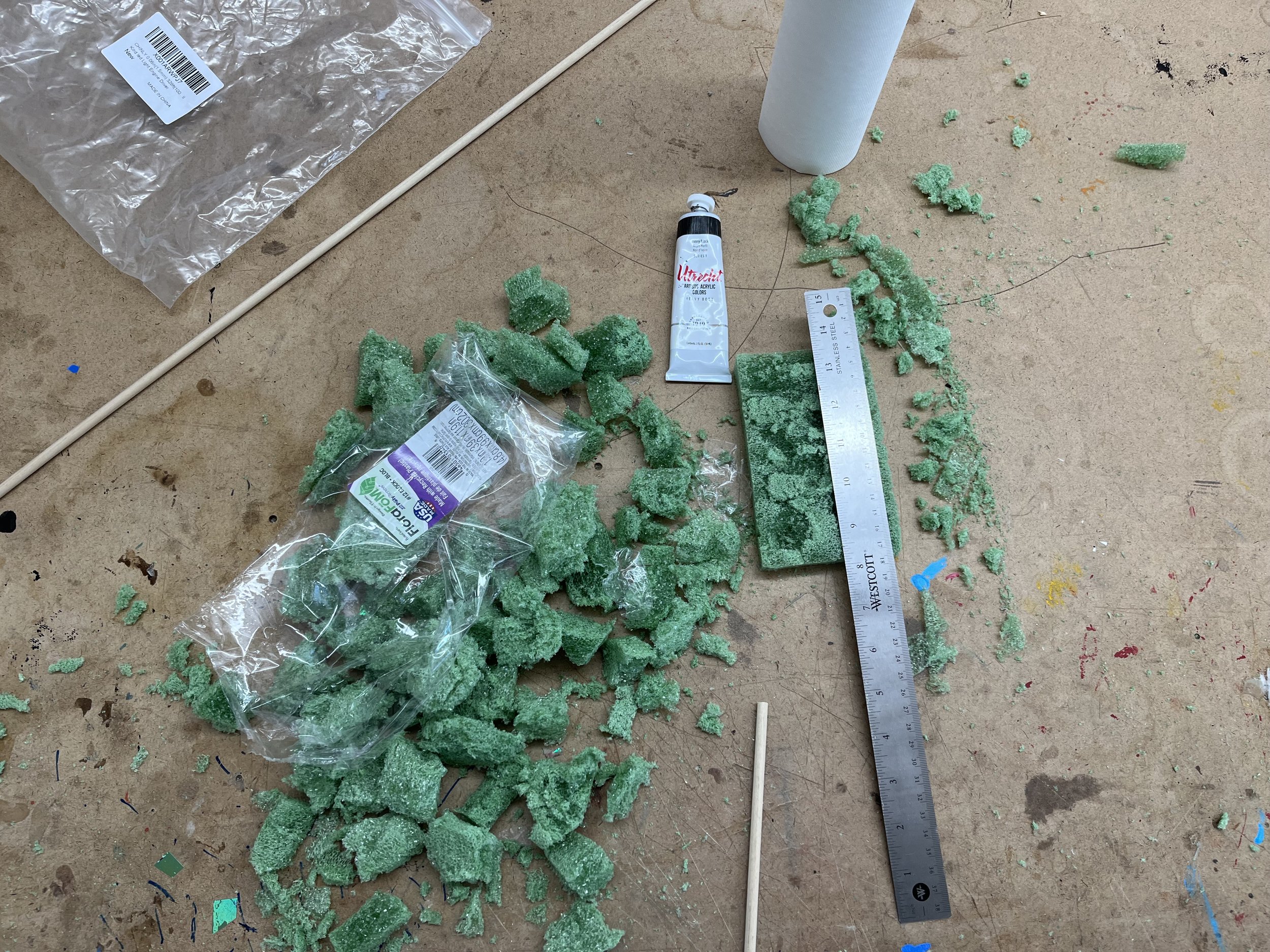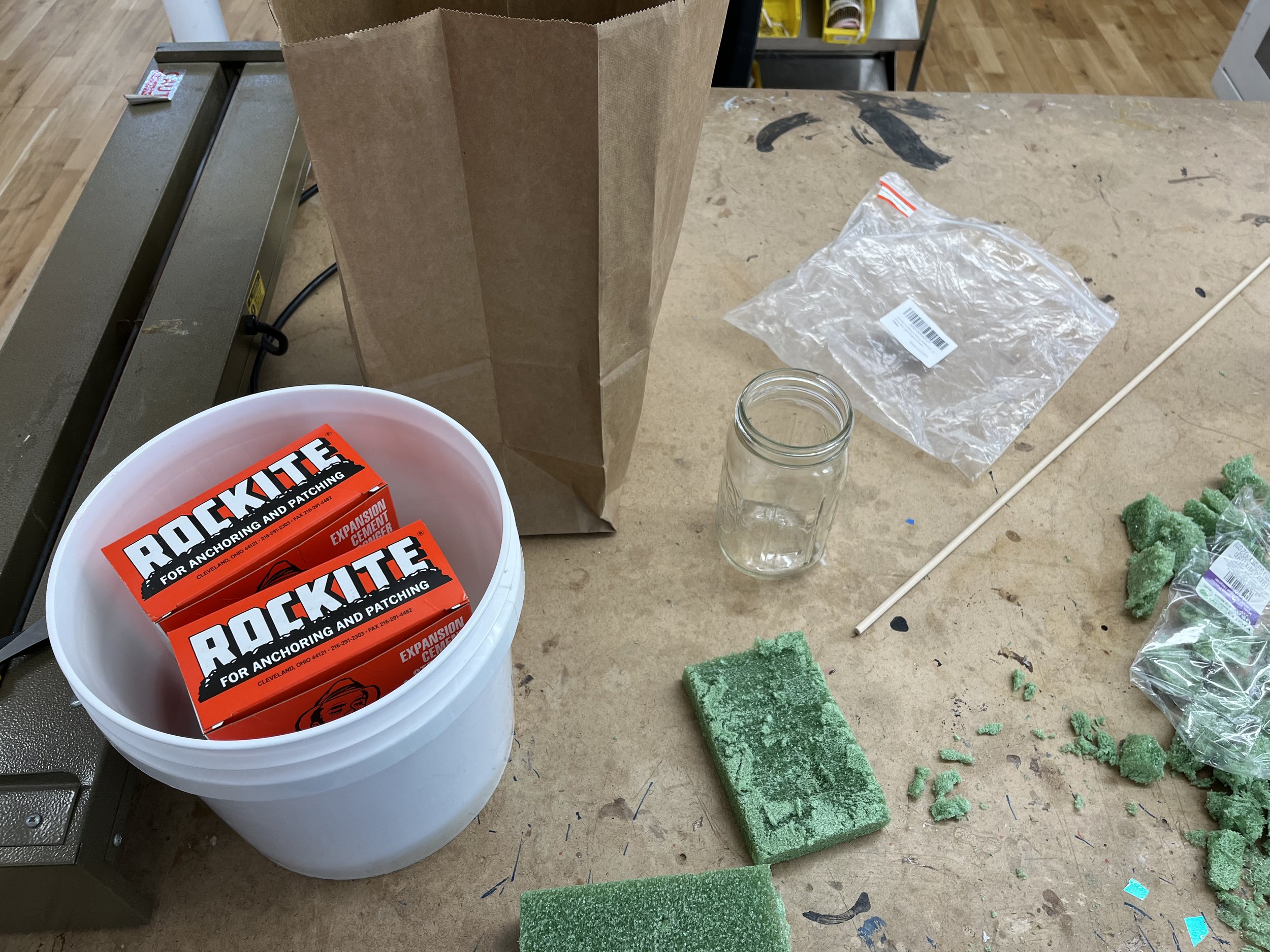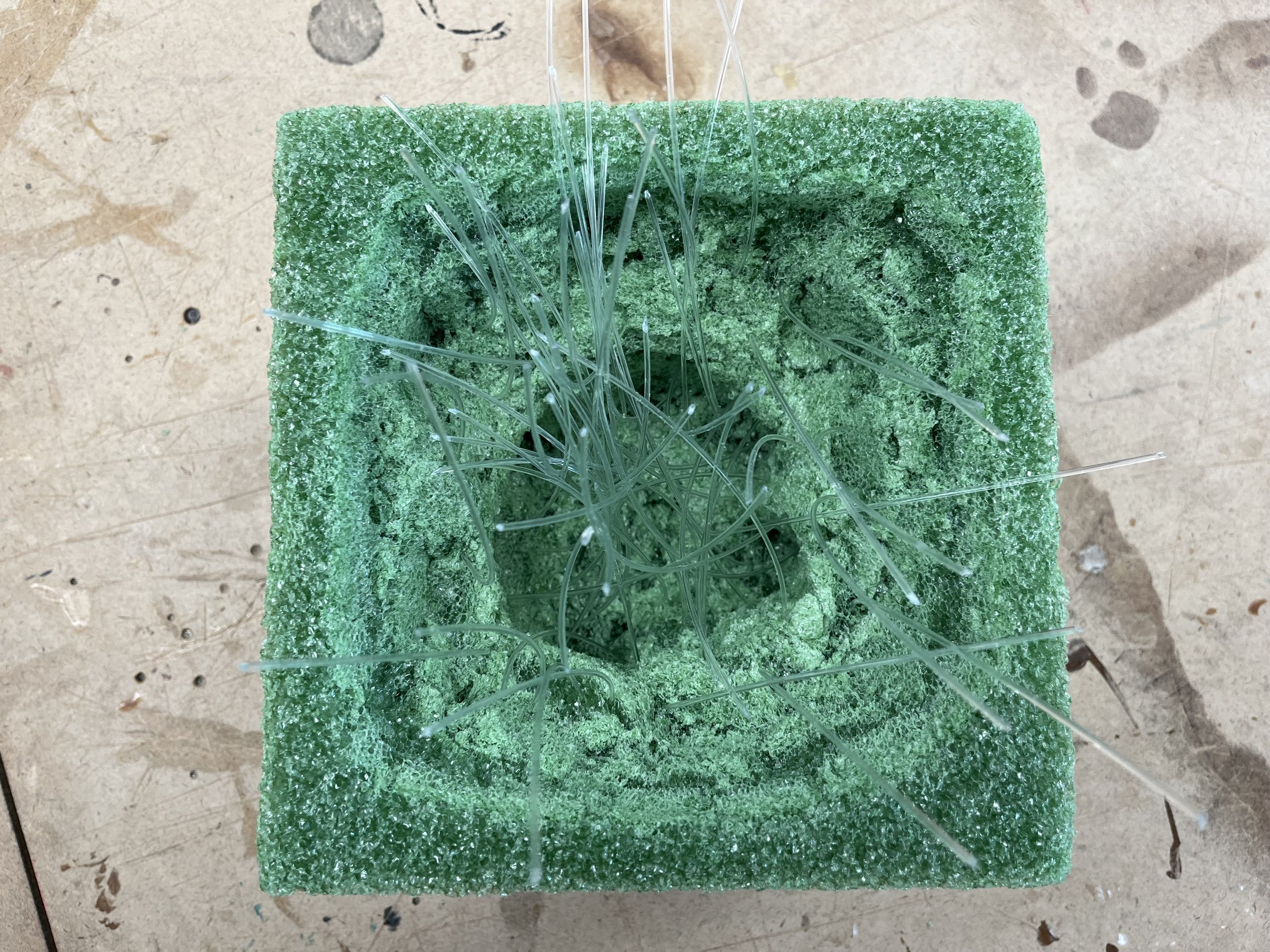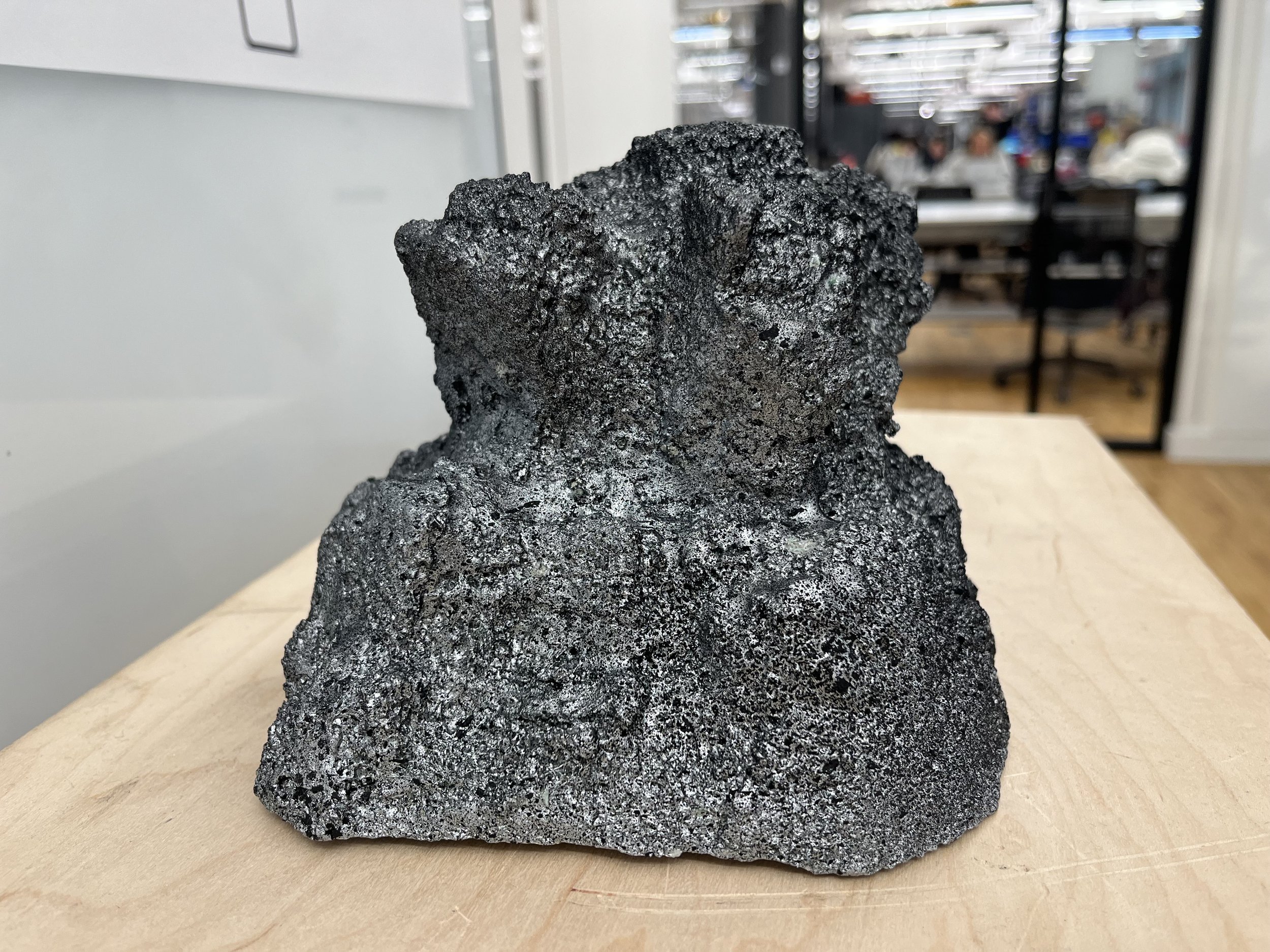CRITICAL INTERFACE
Philosophical Thinking of a Phone
Spring 2023
Course: R&D Studio: Feature, Smart, and Super Phones
Instructor: Pedro Oliveira
Partner: Peter Zhang
Introduction
In this project, we were assigned a phone interface and asked to choose a constraint. The assigned interface is light, and the constraint we selected is material. Both of us have a background in architecture, and we aimed to use concrete, a unique material that is not typically associated with electrical devices.
In order to mass produce phones, massive mining is necessary. Rare earth elements like yttrium and europium are crucial to your iPhone's function — they're used in the phone's battery, as well as to help give the display screen color and make the phone vibrate when you get a text, among other uses (source: insider). Our initial idea is to make this project less about interaction but more about sending its audiences a message — how our phones are made.
During the mining process, the rock is drilled and blasted, then moved to the surface by truck, belt conveyor, or elevator. Once at the surface, the material is sent to a mill to separate the ore from the waste rock (source: usgs). The concrete piece will take the form of a rock. Our plan is to use optical fiber to guide light through the concrete, with the optical fiber representing the shiny minerals in the rock. The light source will be the flashlight of the phone.
Through research and discussion, we learned that yttrium is one of the most critical materials needed to make the screens of our phones. The screen, as the direct medium for receiving information from a phone, plays an extremely important role. We view this project as a piece that prompts contemplation of the phone's lifecycle — from the mining of yttrium, to the light emitted from the screen, and finally back to the earth.
Process
We excavated a piece of foam and inserted optical fibers into it. Rockite was then poured to mold the foam into a rock-like structure. The foam on the rockite was later partially melted using acetone to give it a more natural appearance. Two layers of metallic gray and matte black spray paint were applied, respectively, to simulate the raw yttrium's appearance after mining. The optical fibers gather at the bottom of the piece, where there is also a carved space for the phone. The phone, running a p5.js sketch, serves as the light source for the piece.
figure 1 - foam digging
figure 2 - rockite and mixing bucket
figure 3 - inserting optical fiber
figure 4 - formwork is ready
Presentation
The optical fibers transfer light from the bottom of the piece when the phone is placed. To create dynamic light effects, we added randomly moving bouncing balls on the p5.js canvas. These effects are guided by the optical fibers to the surface of the piece.
figure 5 - presentation
figure 6 - detail
figure 7 - detail
figure 8 - detail
video 1
video 2








